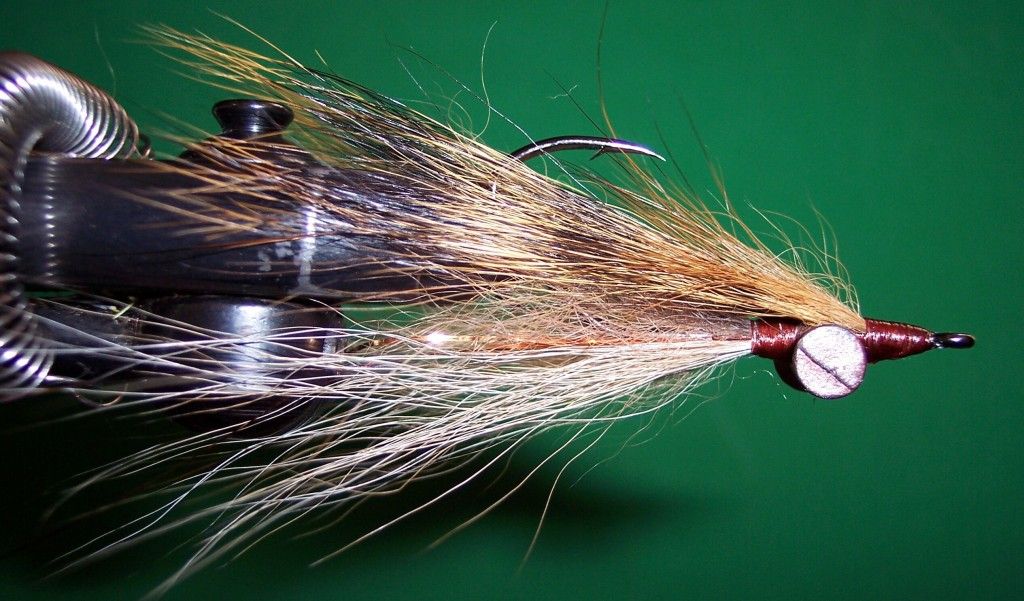Turbineblade, I certainly respect your opinions, and cannot disagree with this idea either. Very good point! I do however tie with the darker over the lighter, and it's a personal preference. There's no rule that states it can't be done otherwise, and not only with "baitfish" patterns. What you suggest can be appropriate for crayfish or even insects, and particularly where there is stronger currents. Many prey species are at the mercy of the current once they get caught in it and will tumble & thrash about trying to break free, so in such a situation, how a fly may appear to a fish could be different than how we view it in the vise. I prefer to tie as I do & let the water change the presentation, but agree it can be fine the other way too.
I've heard it said many times that jigs or crankbaits fished on the bottom that tumble with the current appear to be prey struggling and susceptible to being eaten. Even live baits may act this way in certain conditions. It does work & flies are no exception. Predators will take advantage of an easy meal when the opportunity allows.
IMO, the most important thing to remember is not always think like everyone else & be prepared to think outside the box at times. None of what we do with tying or fishing is absolute!


